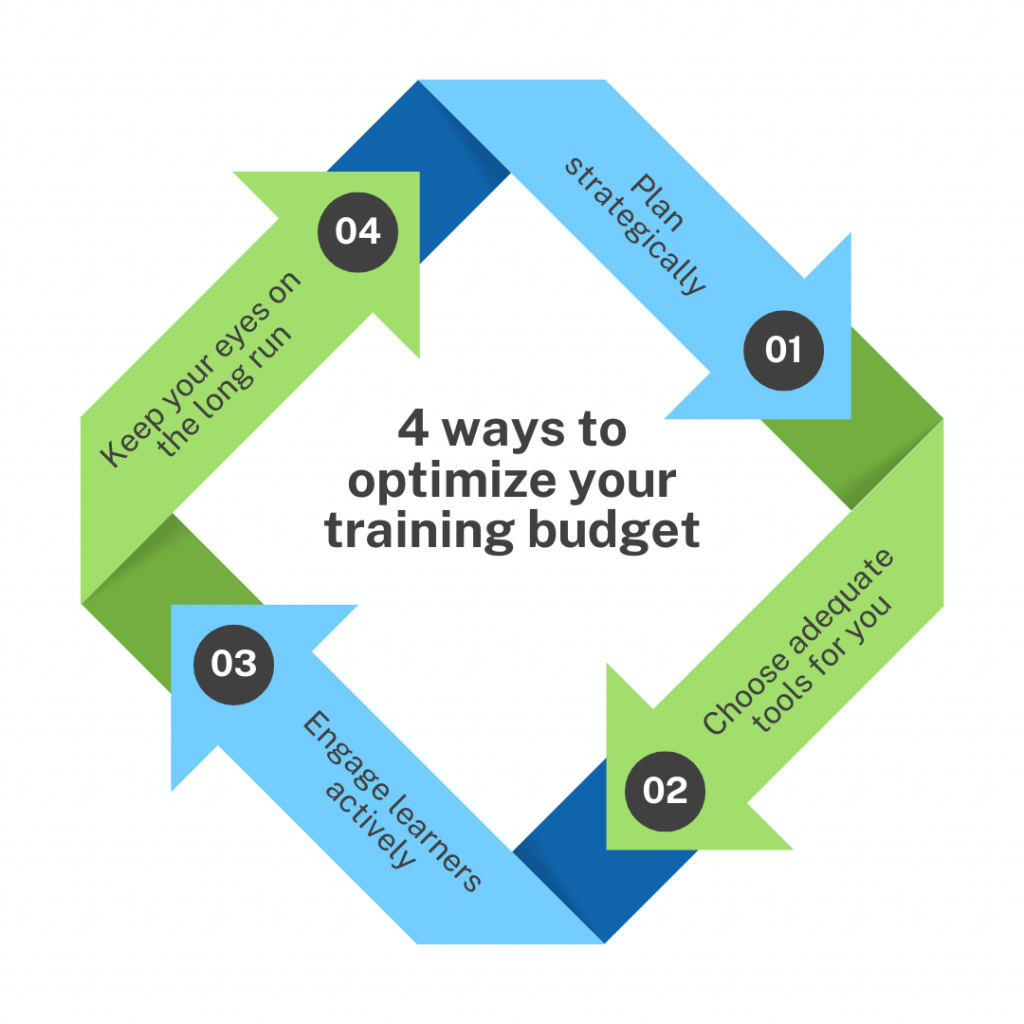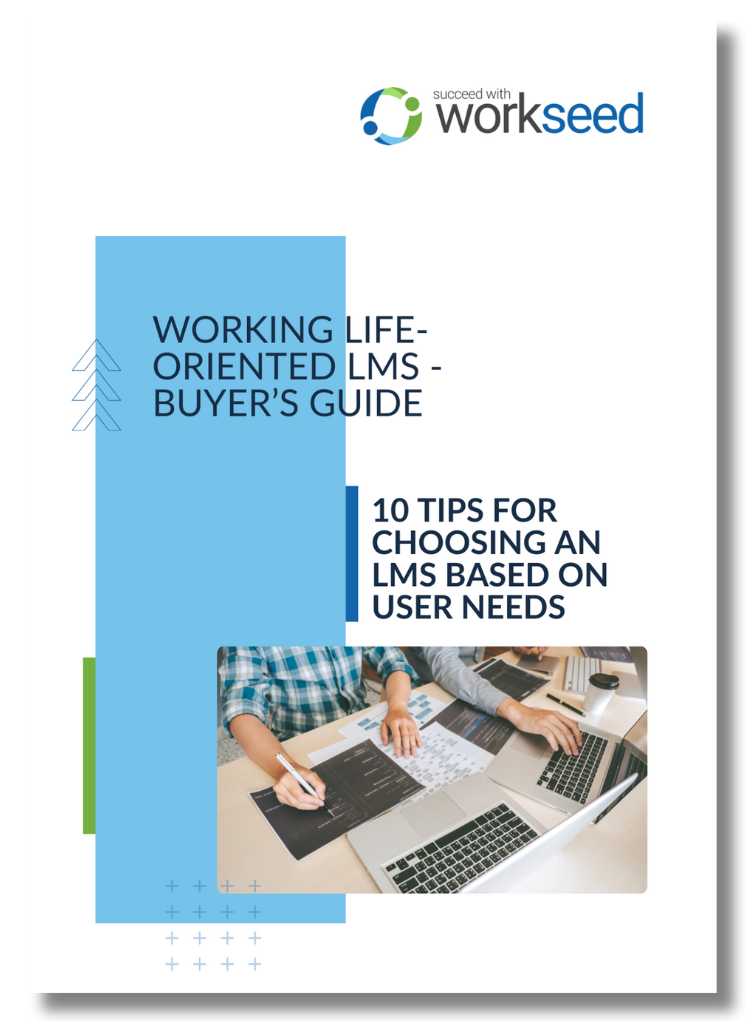There are many reasons to invest into human resources and training in your organization. If you don’t believe us, see in our blog some convincing arguments. Designing training programs and development initiatives is not risk-free, however.
Training programs may not give the expected results in terms of competitiveness, staff turnover, or productivity. There are many ways problems may manifest when assessing the impact of the training budget.
Maybe the platform is less extensively used than expected and employees simply do not participate in training modules. Or maybe courses fail to deliver measurable impacts despite participation.
In this blog we provide some tips on how to design impactful training and development programs – without wasting your organization’s resources.
Design the training with a goal in mind
Any training program or course should respond to the organization’s strategic needs. The entire organization should understand why it is training staff and what specific outcomes participation to training modules should offer. The strategic goals should be based on a systematic gap or training needs analysis.
When the goals are well defined, resources are easier to allocate. Is it important to provide efficient and meaningful onboarding for new employees, provide employees skills that are difficult to acquire through recruitment, offer opportunities for career growth, or prepare for market volatility?
When the organization understands what its goals are, it is easier to create contents that better address them.
Choose an adequate LMS for your organization
Different organizations need different tools for their training needs. It is not at all irrelevant how training is provided and managed. It is important to understand the organization’s needs and resources to choose an adequate platform.
Who uses the platform and how is the workflow? How much experience do the users have on digital tools? What kind of courses are provided and what kind of competencies are trained? Are there only short-term courses or is the platform meant for long-term use?
What kind of resources can the organization dedicate to maintain and customize the platform? Is it possible for the organization to manage hosting, updates, tech support, and training in-house – or is it necessary to outsource parts? Or if the organization is smaller, would it be more effective to opt for a flexible SaaS solution?
Read here more tips on choosing an LMS that meets your organization’s needs and expectations.
Engage employees with training
An adequate platform and well-designed training programs alone do not guarantee that employees actually participate in training. Even the best possible training program will not reach its goals if employees do not embrace it. Good communications and incentives are crucial.
Communicate training opportunities internally early and widely enough. Ensure that everyone has a fair opportunity to participate. If employees do not know about training opportunities or do not have the time to participate, the program will not be successful.
Invest time and effort in creating relevant learning contents. Quality of learning materials and the opportunity to choose which modules to take also improves motivation. Make sure there are sufficient incentives to participate. If taking study modules does not impact career development, there is little reason to take them.
Read here more about fostering a learning-positive culture in your company.
Plan training budget on the long term
Establishing a new training initiative is unlikely to fundamentally transform your organization overnight. Staff skills and new competencies are likely to have a cumulative and indirect impact on productivity in the long term. Training should be measured and improved iteratively during a long period of time.
At the same time, it is important to pay attention to relevant metrics and constantly observe how effective goals are being met. When training has clearly defined strategic goals, it is possible to create metrics to assess and develop them. Collect feedback holistically and involve all users to develop training.
Read more about understanding the ROI of training here.

How can I plan an impactful training budget in my organization?
Workseed is a versatile learning management system for learning new skills independently of time and place. It is used by numerous companies in industry, retails, and services. It is used for flexible job on-boarding as well as continuous training.
Workseed can be a valuable resource for learners, HR, and management when developing training budget and training programs. Not only does the Workseed LMS facilitate learning and managing training, but our team of experts can also support training development processes in your organization.
In case you want to know more about Workseed LMS and its use cases, we have written a popular blog post on choosing suitable learning tools based on user needs.
In case you want to map how Workseed could help you develop training in your company, we invite you to book a demo with our experts here.














